The green carpet (by mountain-bike)
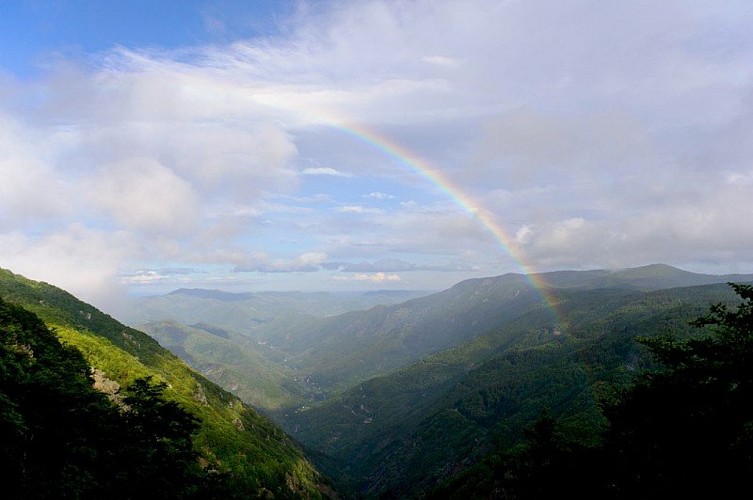
Description
An easy circuit in the forest atmosphere of the Bois de Miquel wood.
Mountain-bike route #2. From the car park at the pass, head towards the signpost “Col de La Serreyrède” and then towards “Col de Faubel”, via the crossroads Trévezel, Col de Pierre Plantée, La Tourbière du Trevezel, Bois de Miquel and La Pépinière. From “La Pépinière”, you can do an optional there-and-back to the Col de Faubel. Return to the Col de la Serreyrède via Montclau, Col de l'Espérou, Serre de Favatel and Le Trévezel.
Technical informations
7.6 km
|
58 m
| |||
Altimetric profile
Starting point
Points of interest
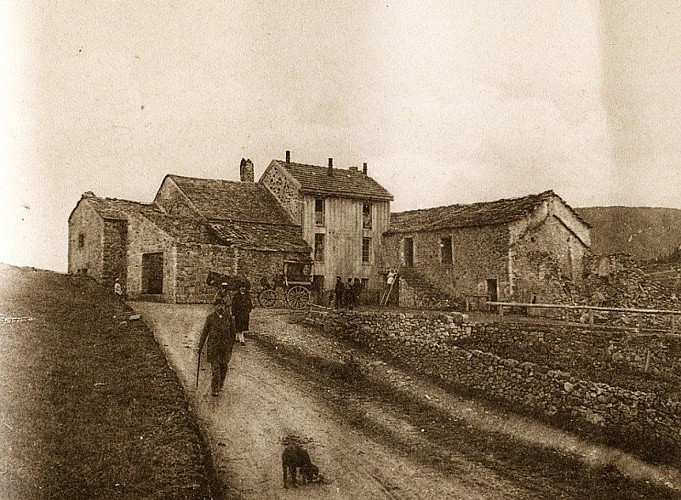
La Serreyrède
Before 1861, the house at the Col de la Serreyrède was inhabited by two families of farmers. They owned some livestock and had a vegetable garden, whose terraces you can still see above the La Caumette track. From 1861 on, the farm was inhabited by a forest ranger. It was only bought by the state body Eaux et Forêts in 1883, to be turned into a forester's house. It became one of Georges Fabre's headquarters during the reforestation of the Aigoual massif. The Cévennes National Park, tourism office and Terres d'Aigoual growers have now joined forces to revive La Serreyrède with the help of the Communauté de Communes Causses Aigoual Cévennes – Terres solidaires.
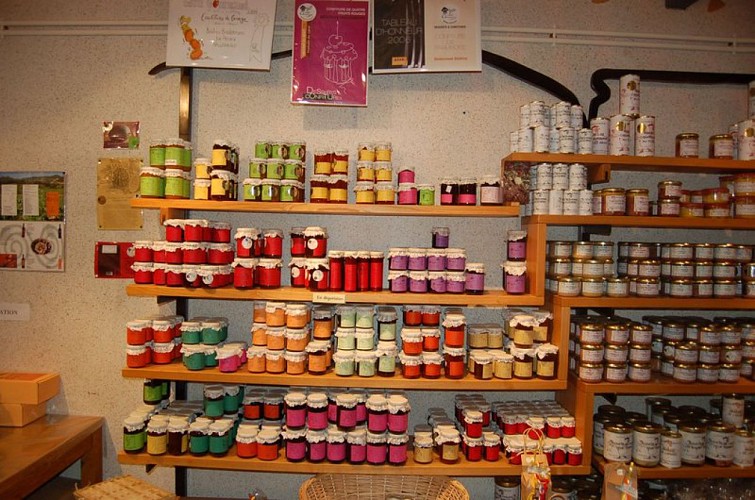
The association "Terres d'Aigoual"
The Cévennes National Park rents out part of the building to the association, enabling local farmers to sell their products directly to the public. The association brings together farmers who wish to promote what they produce and share their know-how. They also enjoy sharing their vision of farming- high quality produce and products, - human-sized farms, - mutual aid. Come and discover their products!
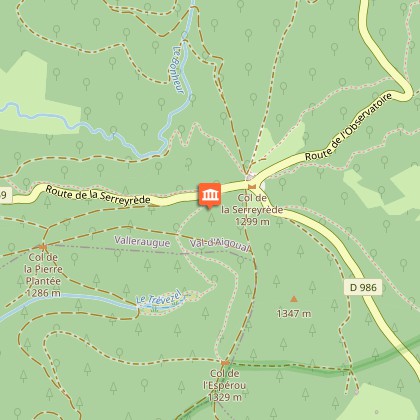
From beech copse to mature plantation
Marker 1Around 1850, before reforestation began, the inhabitants of the Cevennes were using local wood resources on a massive scale for heating and in industry, especially spinning-mills. Gradually, only a few beech copses remained, which were cut every 25 to 40 years. Grazing by tens of thousands of sheep further reduced the herbaceous plant cover. Much weakened, the plant cover was then also subjected to heavy precipitation, the so-called Cevenol episodes. It is against this backdrop that the lengthy work of the foresters began. To reduce risks and establish a lasting forest cover, the first technique was to make use of what was already present by converting the disused copses into mature plantations.

Peat bog and acclimatisation garden
Marker 4This peat bog was a site for experiments and research by Charles Flahault. Flahault, who studied the geographical distribution of species, was interested in what was then known as acclimatisation (adaptiaton to local environmental conditions). He attempted to introduce 200 plants from 40 non-indigenous species to Le Trévezel peat bog, echoing the way tree species were introduced into arboretums. The peat bog's history and the way it works are described in detail on the panel (in French only).
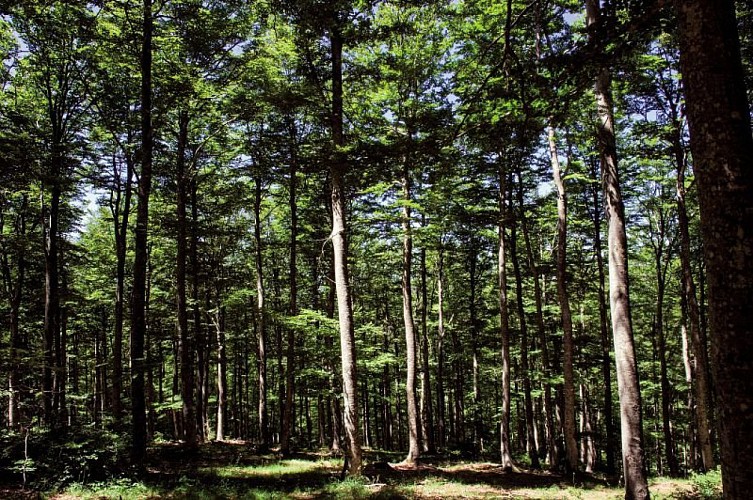
The Aigoual forest
In the 19th century, Mont Aigoual was almost totally bare of trees. Intensive use of the forest and the pressure of transhumant grazing together with the harsh local climate caused devastating floods. The rich vegetation of the grazing grounds was replaced by heather pastures and many gullies. In the valleys huddling at the foot of Mont Aigoual, terrible floods pushing tons of stones downstream carried off roads and pastureland. In response, a reforestation programme was launched in the second half of the 19th century, which created the forest you see today. Nowadays, the forested Aigoual massif protects the valleys while at the same time providing a space for economic production, biodiversity and leisure.
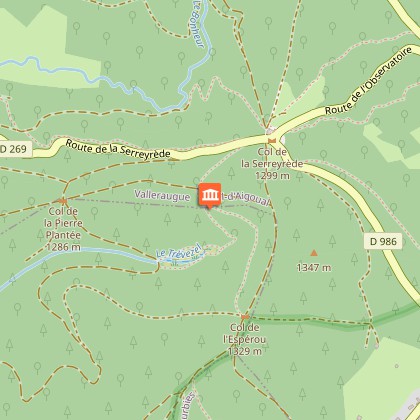
Irregular forest
This tree population consists of trees of very different diameters, ages and heights. Species are mixed: mainly pine, but also beech, rowan and whitebeam. This is an irregular mature forest, a forestry dynamic that is interesting for several reasons: it creates permanent forest cover; resistance to soil erosion; better resilience against storms or parasite attacks; regular production, etc. In the small clearing to the left of the path, the sunlight now penetrating to the forest floor has made natural regeneration of beech and fir possible, ensuring the renewal of the forest.
Additional information
Departure
Col de la Serreyrède pass
Arrival
Col de la Serreyrède pass
Access
Col de la Serreyrède pass, on the D 986 from L'Espérou
Advised parking
Car park at the Col de la Serreyrède pass
Public transport
D40 or D42 to Le Vigan, then CCC8 to L’Espérou
Advice
Please wear appropriate clothes and footwear, and bring warm clothing. Before setting off on a trail, check that it is suitable for your activity and level of ability. Helmets must be worn when mountain-biking. Protective equipment is recommended. Verify that your gear is in good condition. Preferably bike with others, and inform those close to you of your route. Respect other trail users, and stay in control of your speed and trajectory. Keep an eye on the forecast: violent storms or sudden floods can be dangerous. For your own safety, do not venture into hunting areas – hunts in progress are indicated by signs (“Chasse en cours” or “Battue en cours”). Respect property, livestock and other users of the area. Biking off-road is prohibited.
Is in the midst of the park
The national park is an unrestricted natural area but subjected to regulations which must be known by all visitors.
Data author
